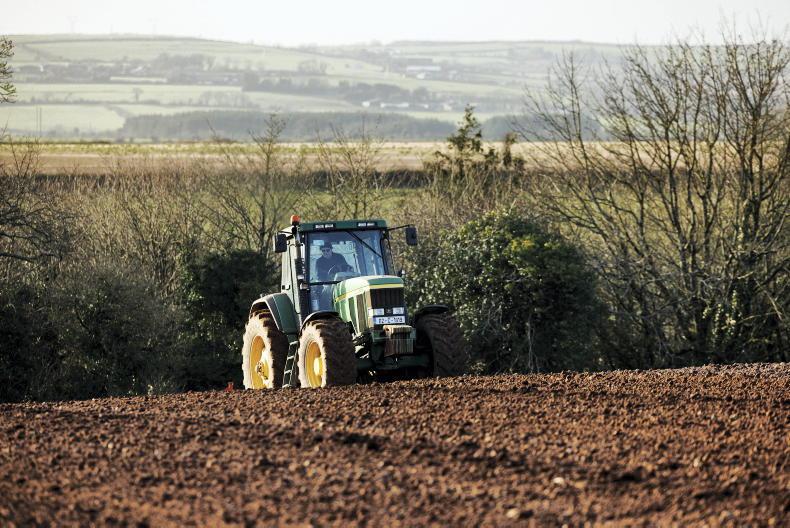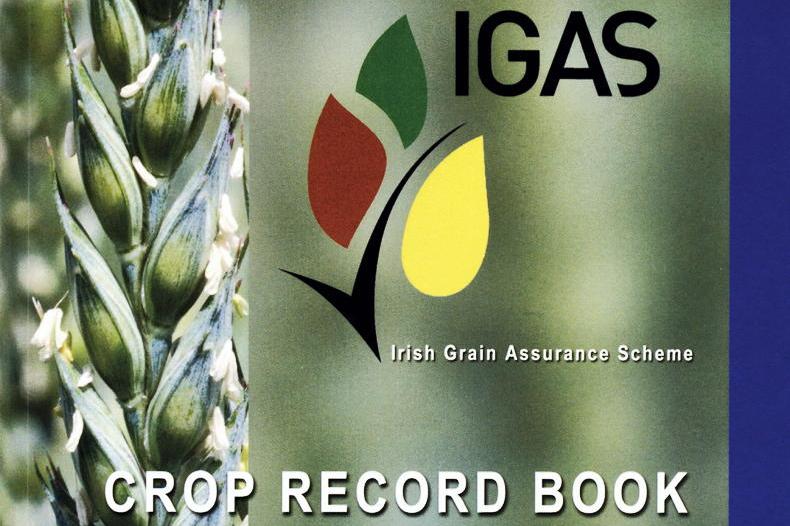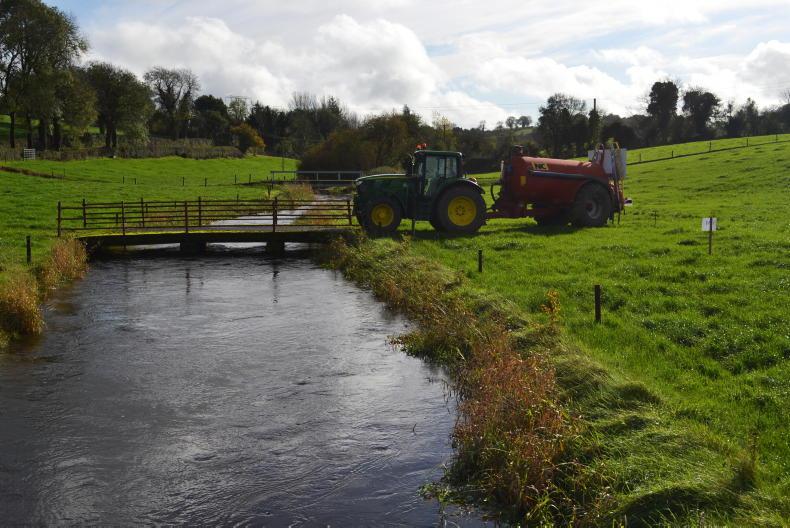The realisation this week by many tillage farmers on the practical application of the new CAP rules is disturbing.
It seems that if growers are sowing a grain crop and then subsequently want to follow that by sowing a catch crop that they want to graze, they also need to sow a grass border or buffer area all around the field.
Farmers will justifiably agree to buffer zones to prevent nutrient flow to a watercourse but to plant a 3m grass margin to a hedgerow or ditch all around the field at a time of the year when farmers are very busy seems unjustified.
Challenges
The tillage sector is suggesting that despite positive vibes from the Department, in reality the actions around TAMS grant aid, nitrates and CAP changes are making the ambition for growing more grain harder to reach.
These challenges are ever present before tillage farmers take land market pricing dynamics into account.
The fact is tillage growers are competing with dairy farmers for high-cost leased land needed to dilute organic nitrogen over a greater area. The science doesn’t stack up on the dairy side in this respect either.
Any other solution to the ACRES debacle would have been a catastrophe for the Department of Agriculture and the minister.
However, we must give credit where credit is due to the minister and the Department. While we can gripe about the net balance of money left for farmers after scheme costs of compliance are taken out, nevertheless the decision and ability of the Department to facilitate all 46,000 farmers who applied to go into ACRES will benefit farm families looking to do the right thing by the environment. It will of course also stand to the economic viability and sustainability of the farm family businesses on the western seaboard.










SHARING OPTIONS